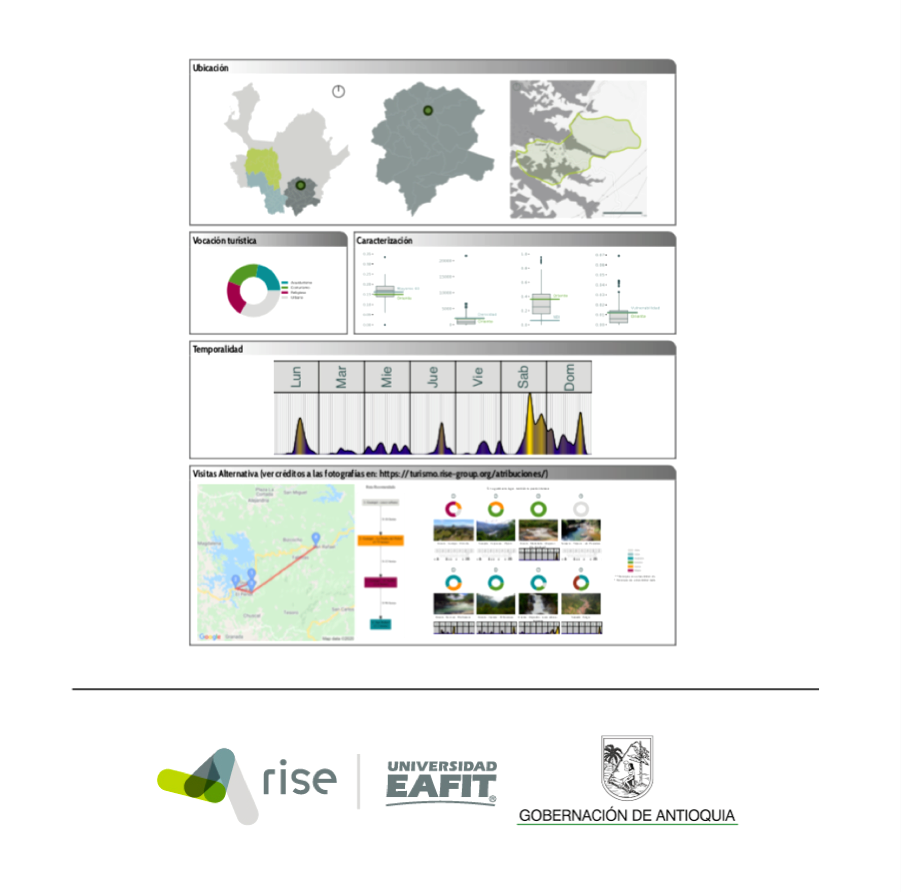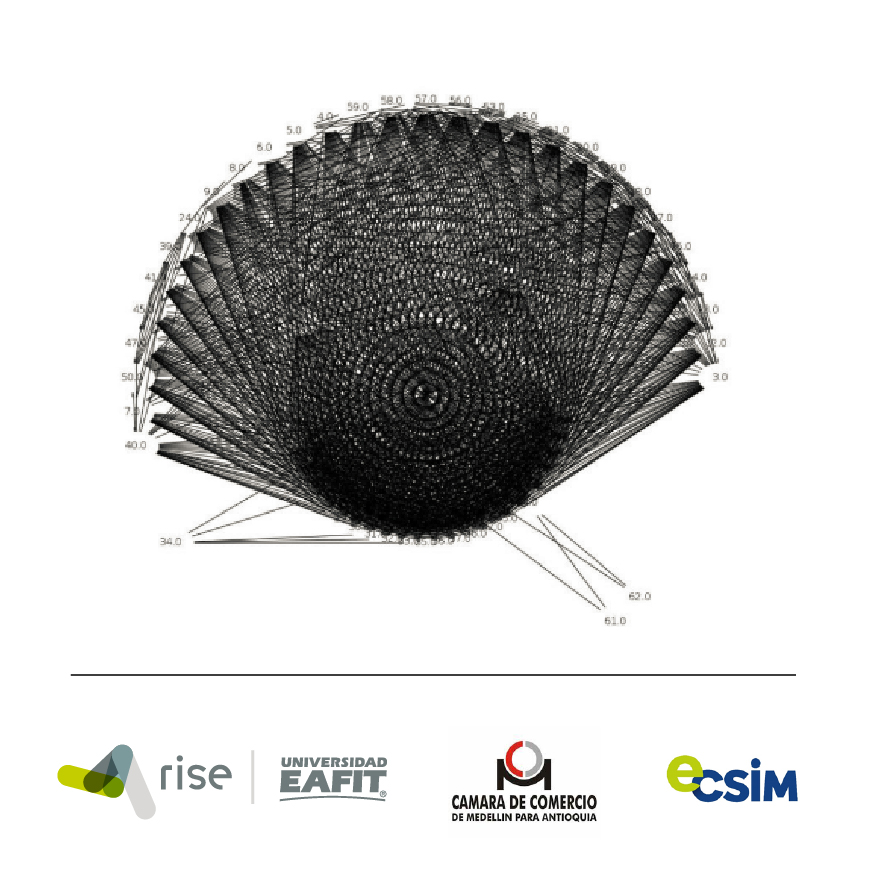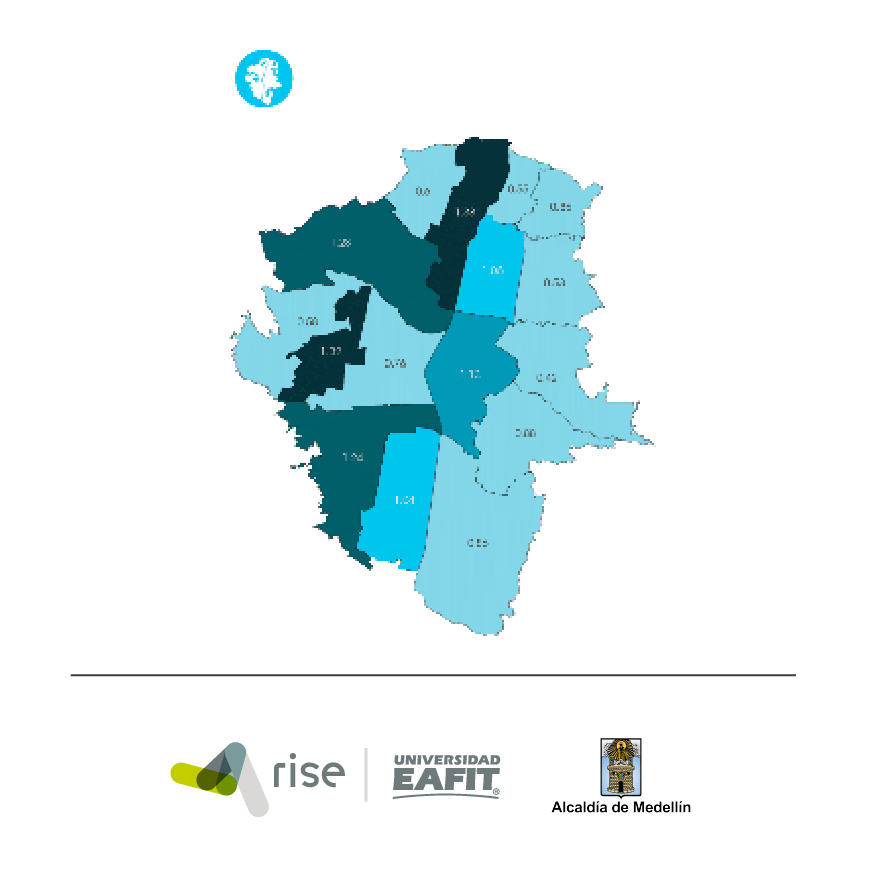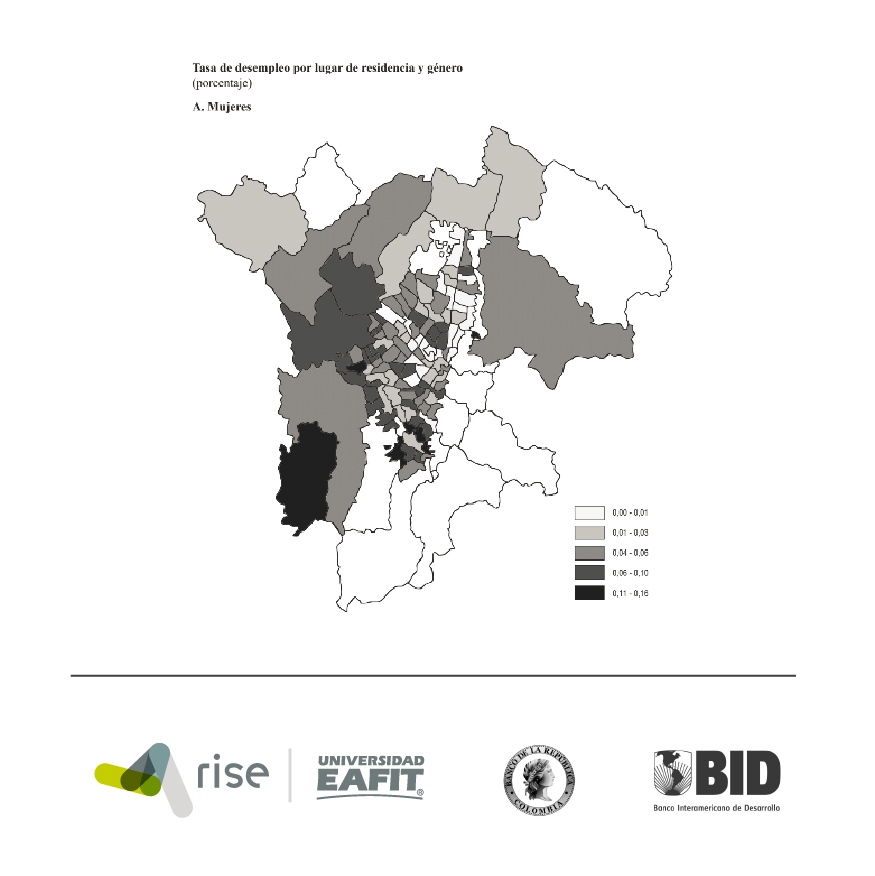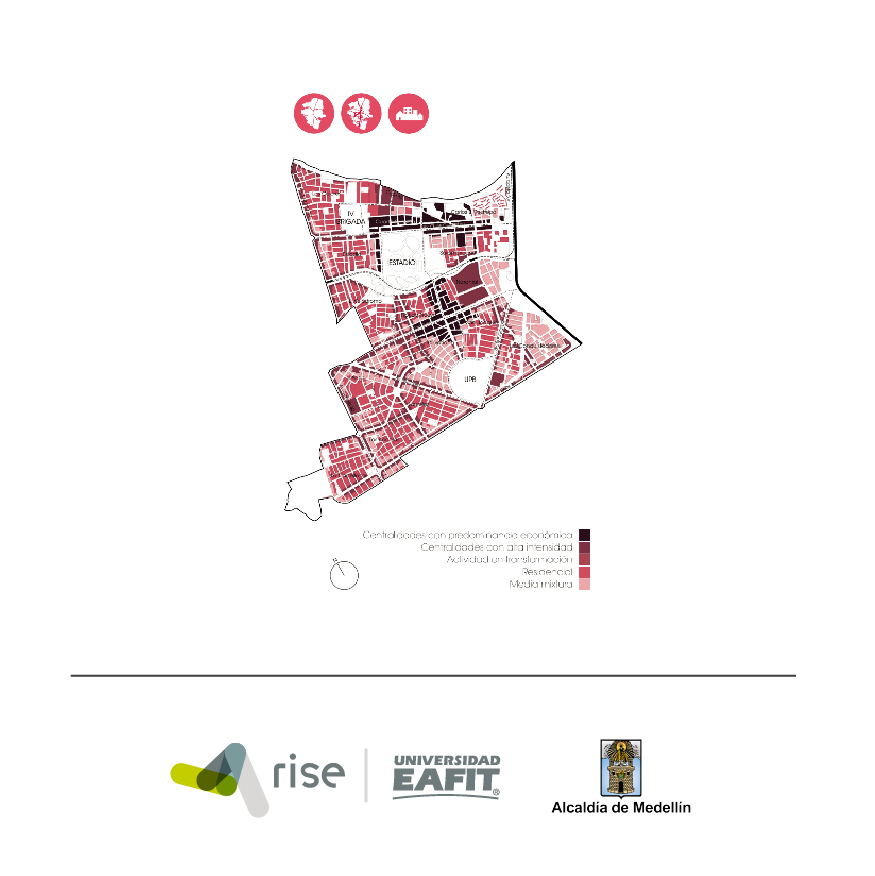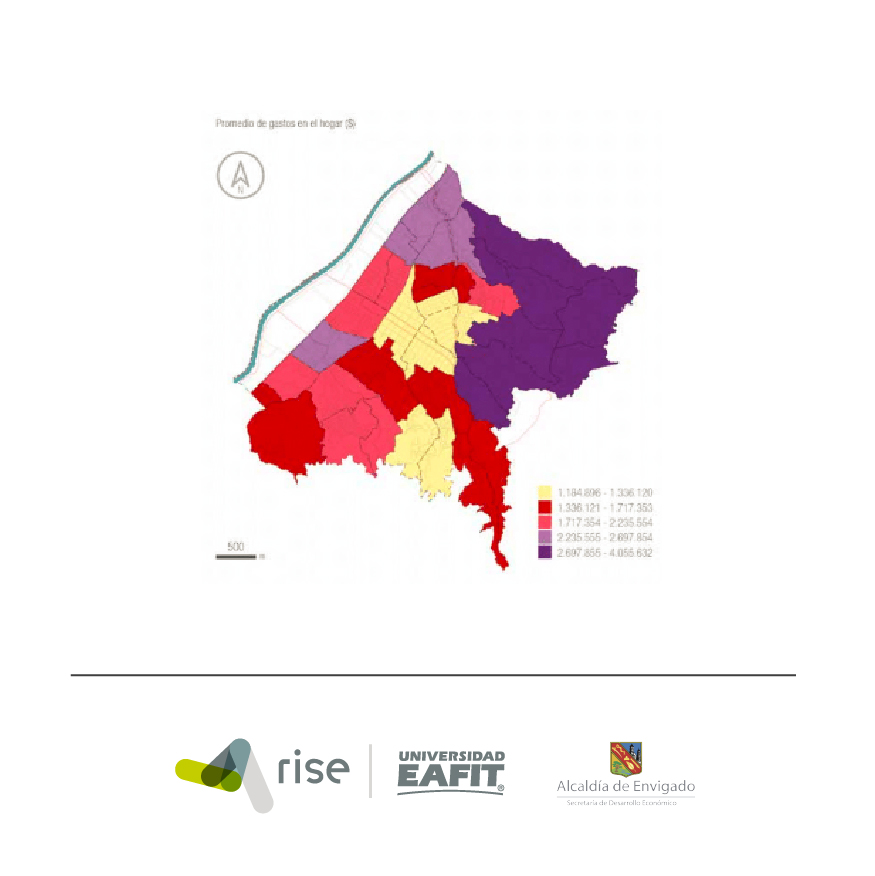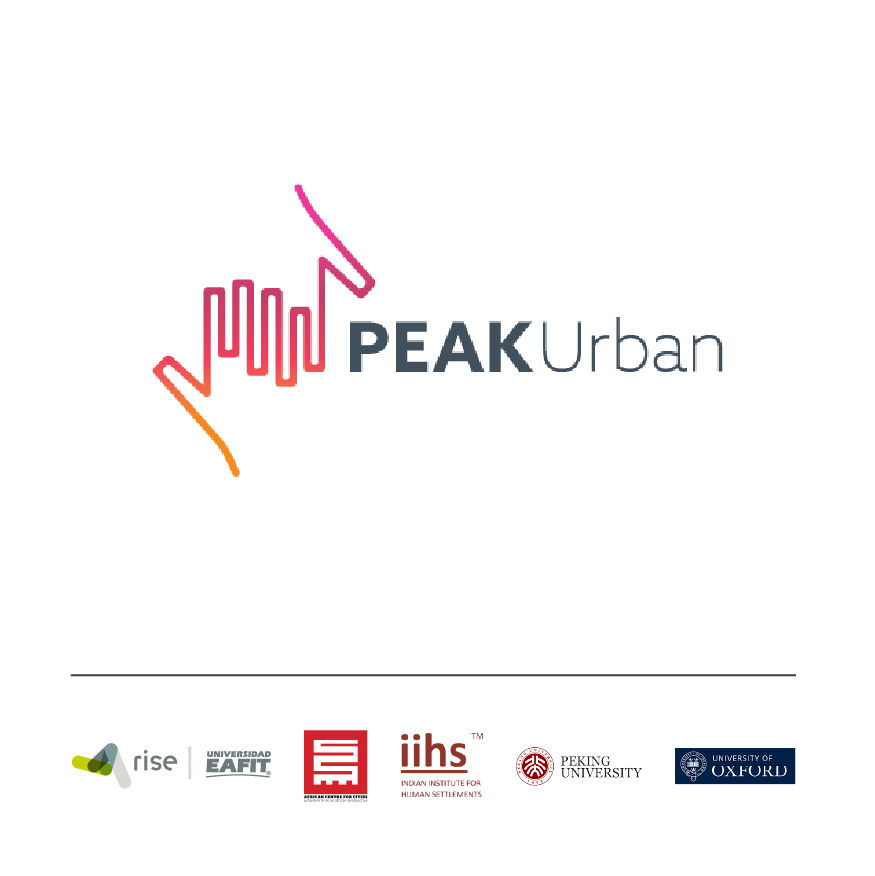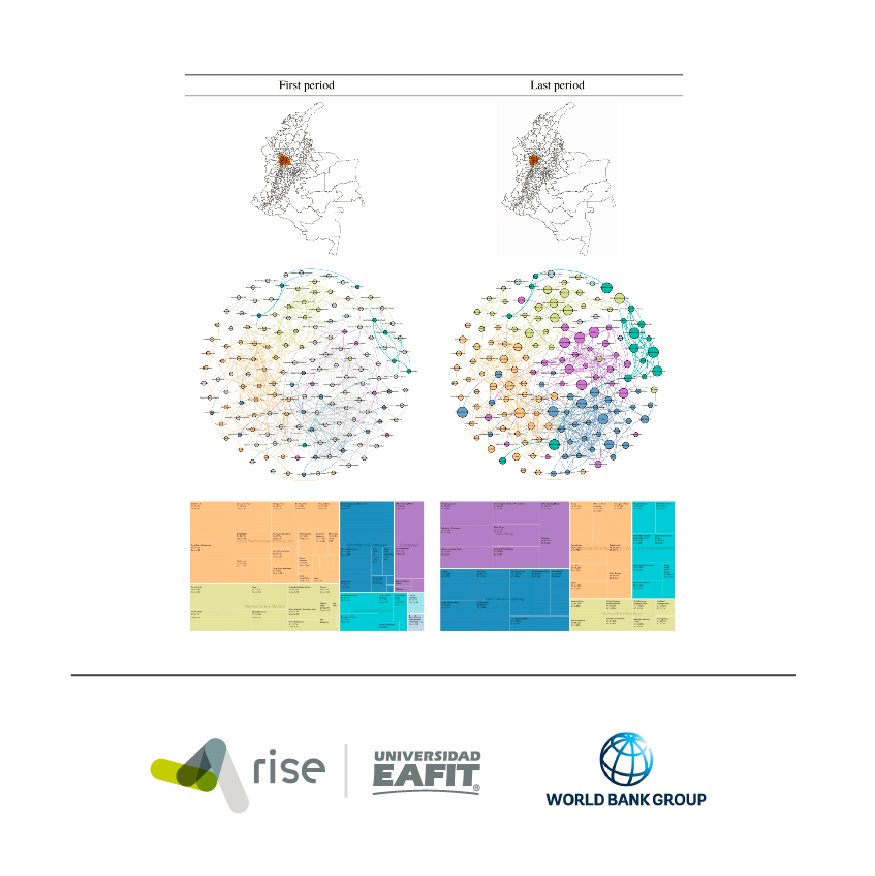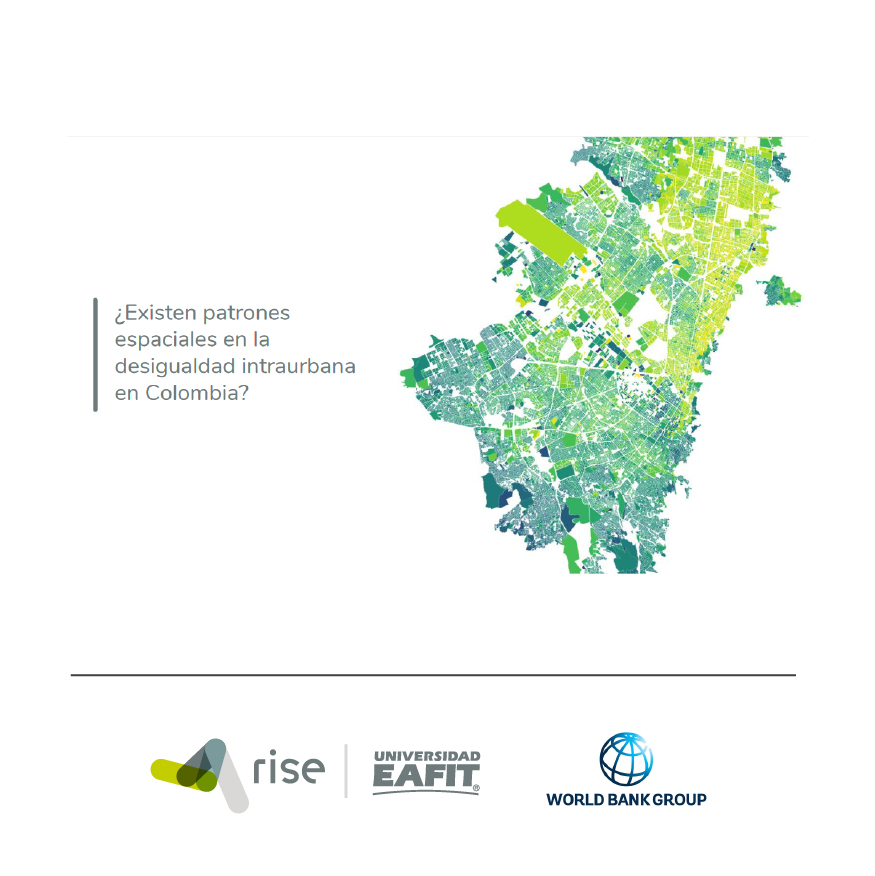Artículos de revista
|
2021
|
Quiñones, M; L.M., Martínez; J.C., Duque; O., Mejía A targeting policy for tackling inequality in the developing world: Lessons learned from the system of cross-subsidies to fund utilities in Colombia Artículo de revista Cities, 116 (103306), pp. 4, 2021, ISSN: 0264-2751. Resumen | Enlaces | BibTeX | Etiquetas: Ciudades y su economía, ODS 11 @article{Quinonez_2021,
title = {A targeting policy for tackling inequality in the developing world: Lessons learned from the system of cross-subsidies to fund utilities in Colombia},
author = {Quiñones, M. and Martínez L.M. and Duque J.C. and Mejía O.},
editor = {Elseviere},
url = {https://authors.elsevier.com/c/1dFxZy5jOjTPJ},
doi = {10.1016/j.cities.2021.103306},
issn = {0264-2751},
year = {2021},
date = {2021-06-17},
journal = {Cities},
volume = {116},
number = {103306},
pages = {4},
abstract = {This paper contributes to the discussion on policies for providing utilities and on their contribution to reducing inequality. The uniqueness of the Colombian scheme to target subsidy beneficiaries and contributors provides valuable lessons for policymakers, academics, and urban planners regarding the difficulties and implications of such a segmenting government intervention in countries of the Global South. Among the unintended consequences of the scheme are deepening spatial segregation, distorted economic incentives, and poor correspondence of the welfare system with stratification categories.},
keywords = {Ciudades y su economía, ODS 11},
pubstate = {published},
tppubtype = {article}
}
This paper contributes to the discussion on policies for providing utilities and on their contribution to reducing inequality. The uniqueness of the Colombian scheme to target subsidy beneficiaries and contributors provides valuable lessons for policymakers, academics, and urban planners regarding the difficulties and implications of such a segmenting government intervention in countries of the Global South. Among the unintended consequences of the scheme are deepening spatial segregation, distorted economic incentives, and poor correspondence of the welfare system with stratification categories. |
Duque, Juan C; Lozano-Gracia, Nancy ; Patiño, Jorge E; Restrepo, Paula Urban form and productivity: What shapes are Latin-American cities? Artículo de revista Environment and Planning B: Urban Analytics and City Science, 8697 , pp. 20, 2021, ISBN: 2399-8083. Resumen | Enlaces | BibTeX | Etiquetas: Ciudades y su economía, ODS 11 @article{duque_productivity_2021,
title = {Urban form and productivity: What shapes are Latin-American cities?},
author = {Duque, Juan C. and Lozano-Gracia, Nancy and Patiño, Jorge E. and Restrepo, Paula},
editor = {Sage},
url = {https://doi.org/10.1177/2399808321999309},
doi = {10.1177/2399808321999309},
isbn = {2399-8083},
year = {2021},
date = {2021-03-08},
journal = {Environment and Planning B: Urban Analytics and City Science},
volume = {8697},
pages = {20},
abstract = {This paper examines the linkages between urban form and city productivity using seven alternative metrics for urban form and applying them to a comprehensive sample of Latin-American cities. While most of the literature has concentrated on the effects of population density (compact vs. sprawling urban development), this paper seeks to assess whether different dimensions of a city’s urban form, such as shape, structure, and land use, affect its economic performance. We found that both the shape of the urban extent and the inner-city connectedness have a statistically significant association with the productivity level of a city.},
keywords = {Ciudades y su economía, ODS 11},
pubstate = {published},
tppubtype = {article}
}
This paper examines the linkages between urban form and city productivity using seven alternative metrics for urban form and applying them to a comprehensive sample of Latin-American cities. While most of the literature has concentrated on the effects of population density (compact vs. sprawling urban development), this paper seeks to assess whether different dimensions of a city’s urban form, such as shape, structure, and land use, affect its economic performance. We found that both the shape of the urban extent and the inner-city connectedness have a statistically significant association with the productivity level of a city. |
2020
|
Duque, Juan C; Lozano-Gracia, Nancy ; Patino, Jorge E; Restrepo, Paula Institutional fragmentation and metropolitan coordination in Latin American cities: Are there links with city productivity? Artículo de revista Regional Science Policy & Practice, pp. 1-33, 2020, ISSN: 1757-7802. Resumen | Enlaces | BibTeX | Etiquetas: Ciudades y su economía, imágenes satelitales, productividad @article{duque2020institutional,
title = {Institutional fragmentation and metropolitan coordination in Latin American cities: Are there links with city productivity?},
author = {Duque, Juan C. and Lozano-Gracia, Nancy and Patino, Jorge E. and Restrepo, Paula},
url = {https://doi.org/10.1111/rsp3.12314},
doi = {10.1111/rsp3.12314},
issn = {1757-7802},
year = {2020},
date = {2020-07-08},
journal = {Regional Science Policy & Practice},
pages = {1-33},
abstract = {This paper provides empirical evidence on the impact of institutional fragmentation and metropolitan coordination on urban productivity in Latin American Cities. The use of night‐time lights satellite imagery and high-resolution population data allow us to use a definition of metropolitan area based on the urban extents that result from the union between the formally defined metropolitan areas and the contiguous patches of urbanized areas with more than 500,000 inhabitants. Initial results suggest that the presence of multiple local governments within metropolitan areas generate opposite effects in urban productivity. On the one hand, smaller governments tend to be more responsive and efficient, which increases productivity. But, on the other hand, multiple local governments face co‐ordination costs that result in lower productivity levels.},
keywords = {Ciudades y su economía, imágenes satelitales, productividad},
pubstate = {published},
tppubtype = {article}
}
This paper provides empirical evidence on the impact of institutional fragmentation and metropolitan coordination on urban productivity in Latin American Cities. The use of night‐time lights satellite imagery and high-resolution population data allow us to use a definition of metropolitan area based on the urban extents that result from the union between the formally defined metropolitan areas and the contiguous patches of urbanized areas with more than 500,000 inhabitants. Initial results suggest that the presence of multiple local governments within metropolitan areas generate opposite effects in urban productivity. On the one hand, smaller governments tend to be more responsive and efficient, which increases productivity. But, on the other hand, multiple local governments face co‐ordination costs that result in lower productivity levels. |
|
|
2020
|
Quiñones, Mauricio ; Duque, Juan C; Cuartas, Daniel La relevancia del mejoramiento del esquema de subsidios cruzados por consumo de servicios públicos domiciliarios Informe técnico RiSE-group (2), 2020. Enlaces | BibTeX | Etiquetas: Ciudades y su economía, Reporte técnico, Sostenibilidad de ciudades @techreport{peak_report_2s,
title = {La relevancia del mejoramiento del esquema de subsidios cruzados por consumo de servicios públicos domiciliarios},
author = {Quiñones, Mauricio and Duque, Juan C. and Cuartas, Daniel},
url = {https://www.rise-group.org/wp-content/uploads/2021/01/reporte_2.pdf},
year = {2020},
date = {2020-08-01},
number = {2},
institution = {RiSE-group},
keywords = {Ciudades y su economía, Reporte técnico, Sostenibilidad de ciudades},
pubstate = {published},
tppubtype = {techreport}
}
|
Quiñones, Mauricio ; Duque, Juan C; Cuartas, Daniel El sistema de estratificación de Colombia y sus limites para contribuir a la reducción de la desigualdad: Oportunidad de mejora a una importante herramienta de política económica y social Informe técnico RiSE-group (5), 2020. Enlaces | BibTeX | Etiquetas: Ciudades y su economía, peak_vision @techreport{peak_vision_5s,
title = {El sistema de estratificación de Colombia y sus limites para contribuir a la reducción de la desigualdad: Oportunidad de mejora a una importante herramienta de política económica y social},
author = {Quiñones, Mauricio and Duque, Juan C. and Cuartas, Daniel},
url = {https://www.rise-group.org/wp-content/uploads/2021/01/peak_vision_5.pdf
https://www.rise-group.org/wp-content/uploads/2021/03/peak_vision_5e.pdf},
year = {2020},
date = {2020-08-01},
number = {5},
institution = {RiSE-group},
keywords = {Ciudades y su economía, peak_vision},
pubstate = {published},
tppubtype = {techreport}
}
|
Duque, Juan C; Saldarriaga, Juan C Reactivación de la industria en tiempos de COVID-19. Una propuesta con dimensión espacial para la reactivación de cadenas de suministro Informe técnico RiSE-group (1), 2020. Enlaces | BibTeX | Etiquetas: Ciudades y su economía, covid-19, Reporte técnico @techreport{peak_report_1s,
title = {Reactivación de la industria en tiempos de COVID-19. Una propuesta con dimensión espacial para la reactivación de cadenas de suministro},
author = {Duque, Juan C. and Saldarriaga, Juan C.},
url = {https://www.rise-group.org/wp-content/uploads/2021/01/reporte_1.pdf},
year = {2020},
date = {2020-06-01},
number = {1},
institution = {RiSE-group},
keywords = {Ciudades y su economía, covid-19, Reporte técnico},
pubstate = {published},
tppubtype = {techreport}
}
|

